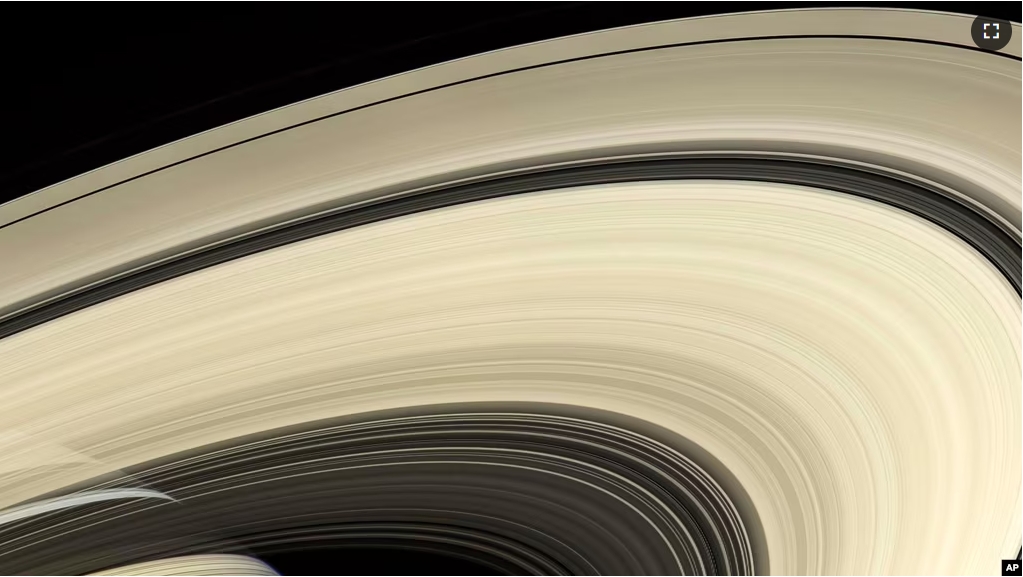Recent research suggests that Saturn’s rings may be older than they look — and possibly as old as the planet itself.
Instead of being 400 million years old as some had thought, the icy rings could be the same age as Saturn: 4.5 billion years old.
A Japanese-led research team reported Saturn’s rings may be in good condition not because they are young but because they are dirt-resistant.
For many years, scientists had believed that Saturn’s rings were between 100 million and 400 million years old. This idea came from more than 10 years of observations by NASA’s Cassini spacecraft.
The spacecraft studied Saturn before its mission ended in 2017.
Images by Cassini showed no evidence of any darkening of the rings by impacts from micrometeoroids — space rock particles smaller than a grain of sand. The finding led scientists to believe the rings formed long after the planet.

Through computer modeling, the Institute of Science Tokyo’s Ryuki Hyodo and his team showed that micrometeoroids become gas or small liquid drops once they hit the rings. As a result, little if any dark or dirty substances, or residue, remain.
Researchers found that the resulting charged particles are forced toward Saturn or out into space, keeping the rings clean. The findings dispute the idea that the rings are much younger than the planet. The resulting research appeared in the scientific publication Nature Geoscience.
Hyodo said it is possible Saturn’s rings could be somewhere between the two extreme ages. For example, the rings could be around the halfway mark of 2.25 billion years old.
However, the solar system was much more chaotic during its early years. Large planetary-sized objects were moving around and affecting each other a lot at that time. It was just the sort of situation that might have produced Saturn’s rings.
“Considering the solar system’s evolutionary history, it’s more likely that the rings formed closer to” Saturn’s earliest times, Hyodo told the Associated Press in an email.
I’m John Russell.
Marcia Dunn reported this story for the Associated Press. John Russell adapted it for VOA Learning English.
______________________________________________
Words in This Story
impact –n. the result of at least two things colliding or striking one another
model – v. to create a representation or simulation of something
chaotic – adj. confused or disordered
evolutionary – adj. of or pertaining to evolution (a process of change)
